If you’re just getting started in portrait photography, then you might already be asking this question and looking for recommendations. What are the first lenses you should buy for portraits?
First Lenses For Portraits
The first three lenses for portraits you should buy are the 50mm, 85mm and the 24-70mm. Each one of these lenses provides you with unique styles and characteristics based on the focal length. The 50mm is great for wider environmental portraits. The 85mm is perfect for close up detailed portraits while giving you maximum subject isolation with large apertures. The 24-70mm finished off the three with a variety of focal lengths all in one lens.
50mm, 85mm and 24-70mm
I believe there are three excellent options for portrait photographers in terms of focal lengths. These are the 50mm, 85mm, and 24-70mm.
Each lens focal length offers a unique look and style, and each lens is best suited for different looks. Let’s check out each lens and see what lens is best for you.
Read until the end and see what lens I would buy if I started all over again and only have one lens.
50mm Prime Lens For Portraits
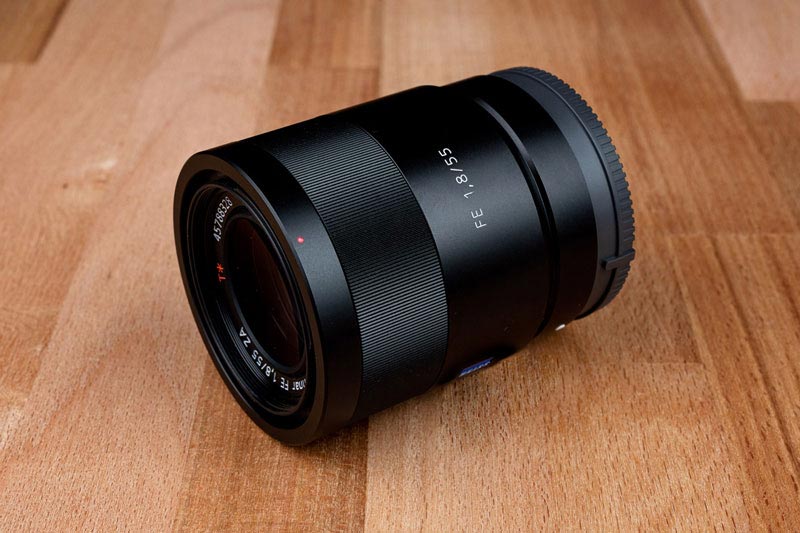
The 50mm or “nifty-fifty” is a strong option for beginner portrait photographers. This lens is compact, light-weight, and generally features a large fast aperture in budget-friendly options.
The 50mm lens allows for portrait compositions from waist-high, all the way to close shoulder crop shots.
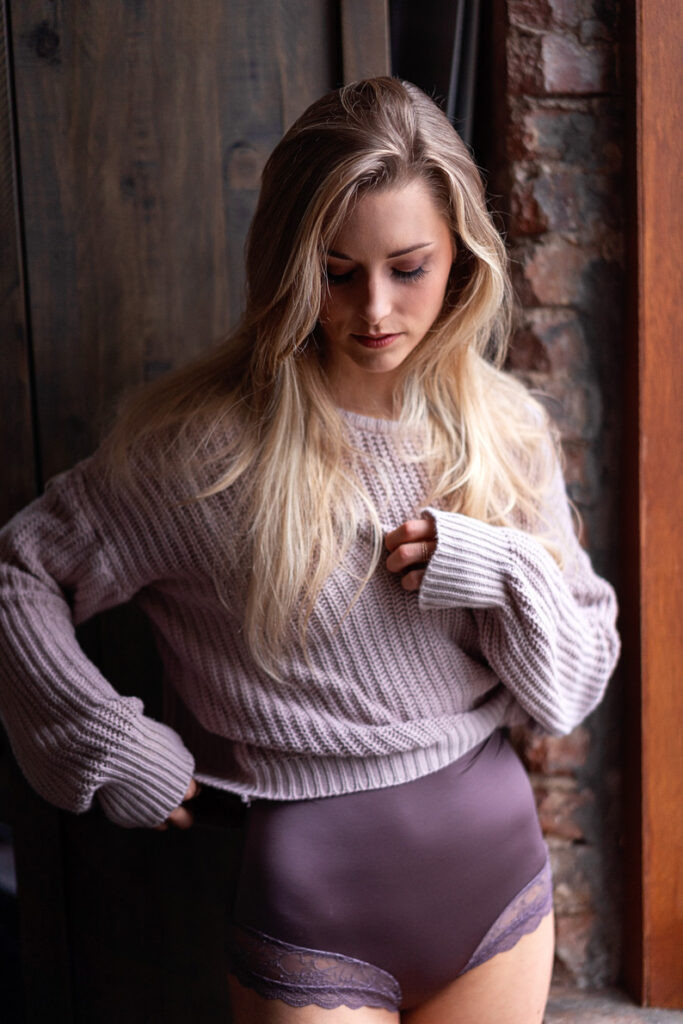
The 50mm focal length does not present heavy distortion when shooting closer to your subjects. This allows you to get tighter shots and compositions with your subjects.
Most camera brands have budget 50mm options, usually in the form of an f1.8 or lower, but some brands have higher-end versions that feature faster f1.4 or f1.2 apertures.
The wider the aperture, the higher the price for the lens in most cases, so be sure to do your research on what is available for your camera.
If you’re interested in seeing portrait examples with a 50mm lens, check out my article here.
85mm Prime Lens For Portraits
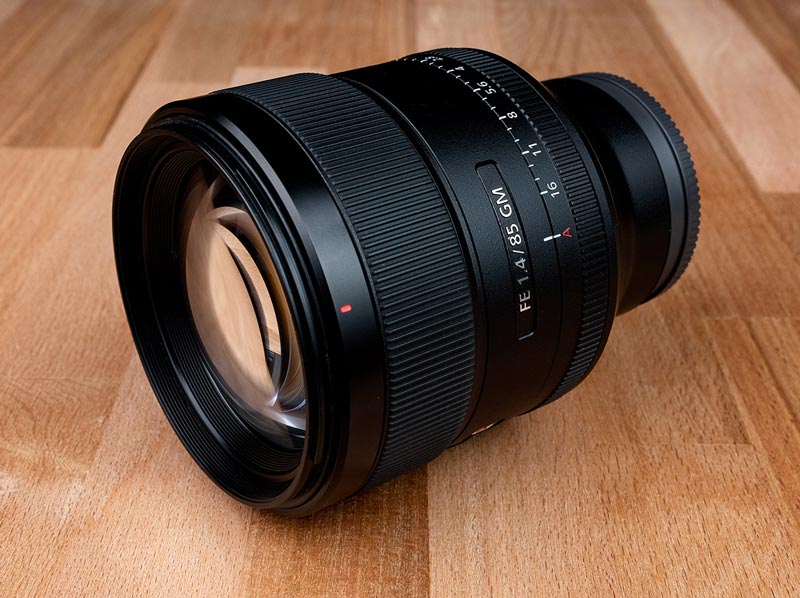
The next lens you should purchase for your camera is the 85mm portrait lens. This lens is an industry standard for portraits because it allows for great subject separation, smooth bokeh, and minimal distortion.
The 85mm brings the background closer to your subject due to lens compression and gives the features of the face a more flattering look.
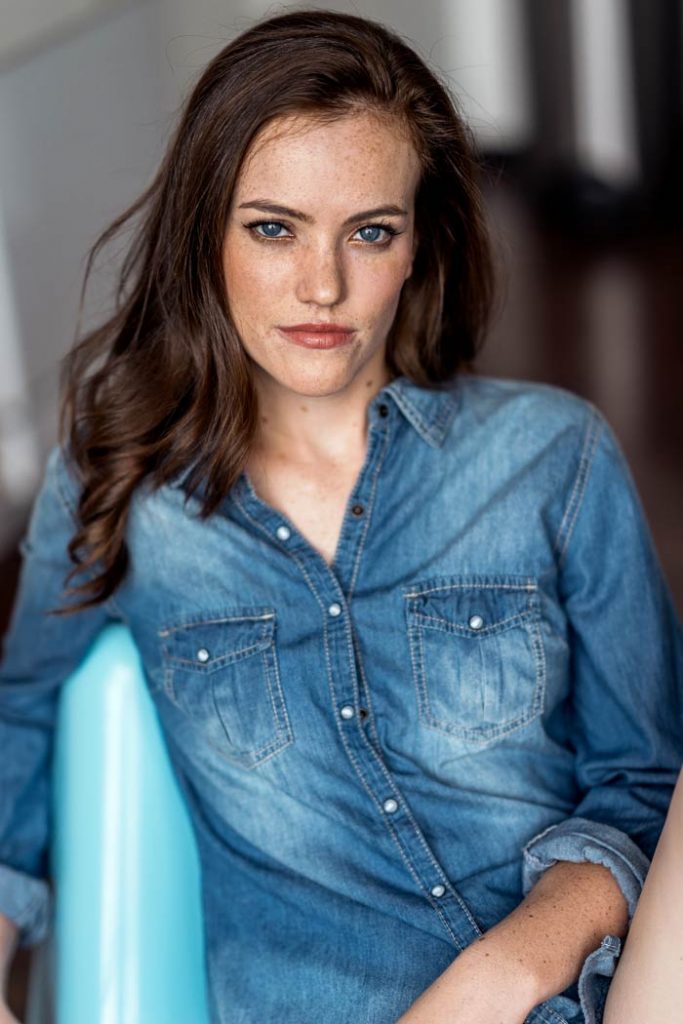
The 85mm will be slightly more expensive than the 50mm and will not give you the same flexibility as the 50mm prime.
The 85mm is best for compositions of chest up, but you can also get full-body shoots if you back up and have space to shoot.
Like the 50mm, all camera brands have a budget option 85mm lens, usually starting around f1.8. The larger and faster the aperture, the more expensive the options get.
If you have the budget, you might consider the f1.2 or f1.4 versions of the 85mm lens for max bokeh and subject separation.
24-70mm Prime Lens For Portraits
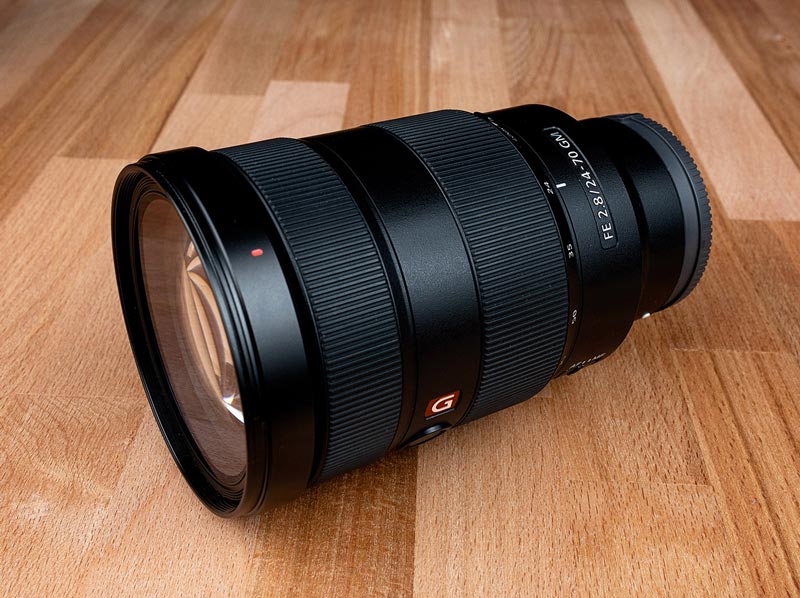
The 24-70mm f2.8 lens is a staple among portrait photographers who only want a single lens to carry around. The f2.8 allows for smooth background blur and clear subject separation.
The 24-70mm range also allows for changing compositions without moving around like prime lens options.
https://amzn.to/44cPYiZ
The 24-70 covers some of the most common traditional prime lens focal lengths like the 24mm, 35mm, 50mm, and 70mm all in one package.
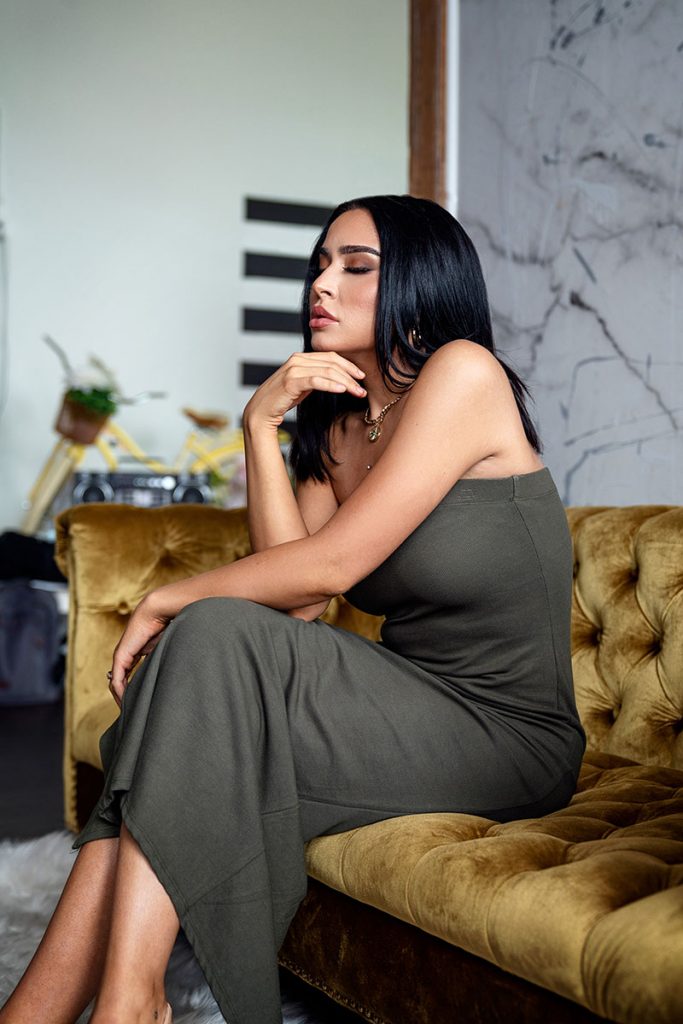
Some photographers prefer to have the 85mm as a backup if they need the specific look of that lens, but generally, 70mm is close enough for the shots they need.
All camera brands have an f2.8 aperture 24-70mm zoom lenses, but these do come at a premium due to the larger size and weight of the lens.
The trade-off is a single lens versus multiple prime lenses in your camera bag.
Honorable mentions: 35mm and 70-200mm
These next 2 lenses are great options, but the drawbacks for portraits make them minimal options compared to the 50mm, 85mm, and the 24-70mm. Let’s check out why.
35mm f1.8 Lens

The 35mm is a great lifestyle lens but not necessarily suited for close portraits. If you’re looking for a lens that will give you wider shots of your subject, then this lens is a perfect choice.
The downside of this lens is the distortion when shooting close up. The wide-angle will distort the face and limbs of your subject if you are standing too close.
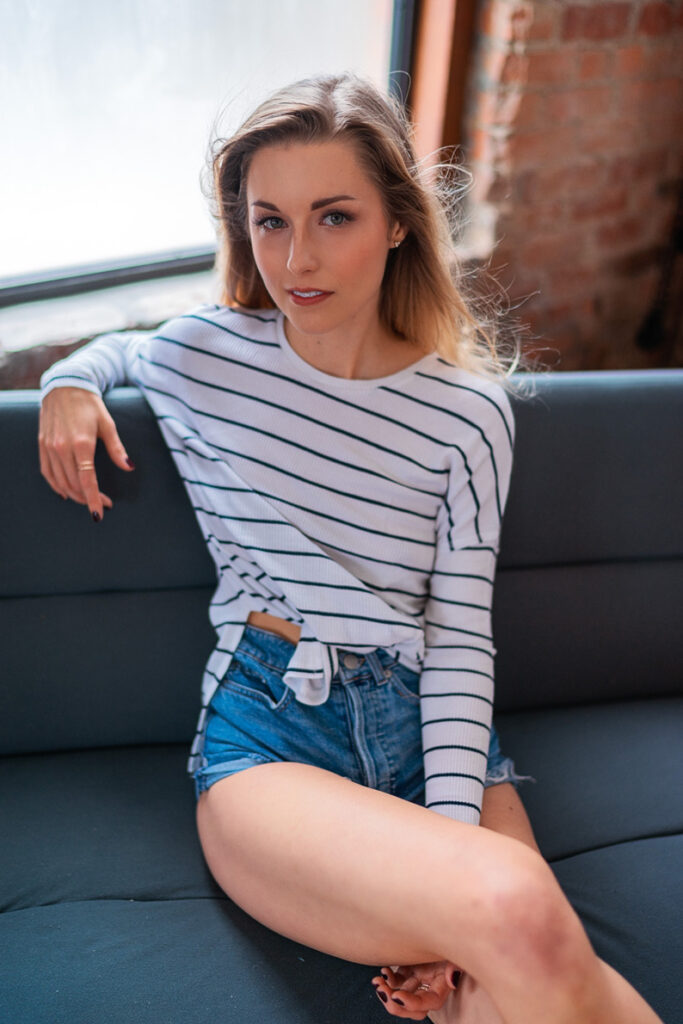
Don’t let that deter you from shooting portraits with this lens. Definitely practice with this and see for yourself the results you get.
70-200mm f2.8 Lens
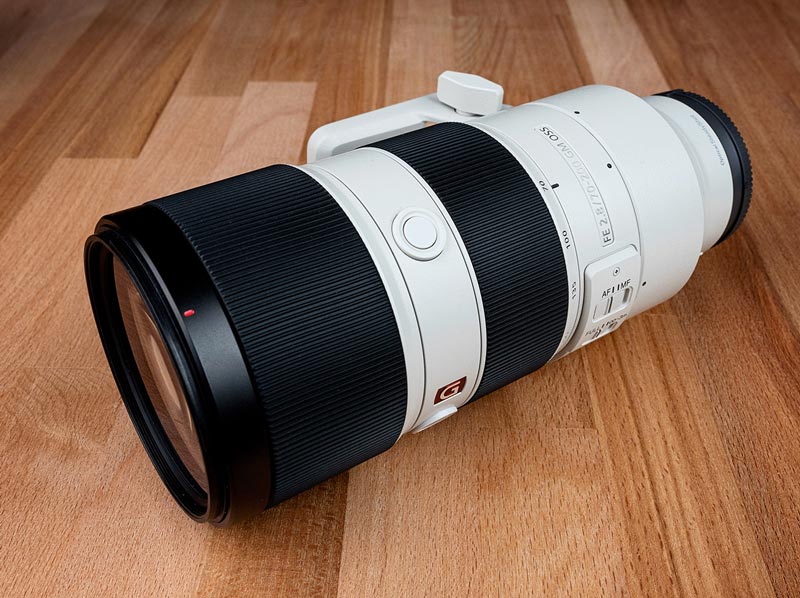
The 70-200mm is also a great lens for portraits, but the focal range is very limiting even though it is a zoom lens.
The f2.8 version of this focal range is not budget-friendly, coming in around $2,499 and higher.
This lens does cover some other standard portrait lengths, such as the 85mm, 100mm, and 135mm, but you will need plenty of space for full-body shots with this lens.
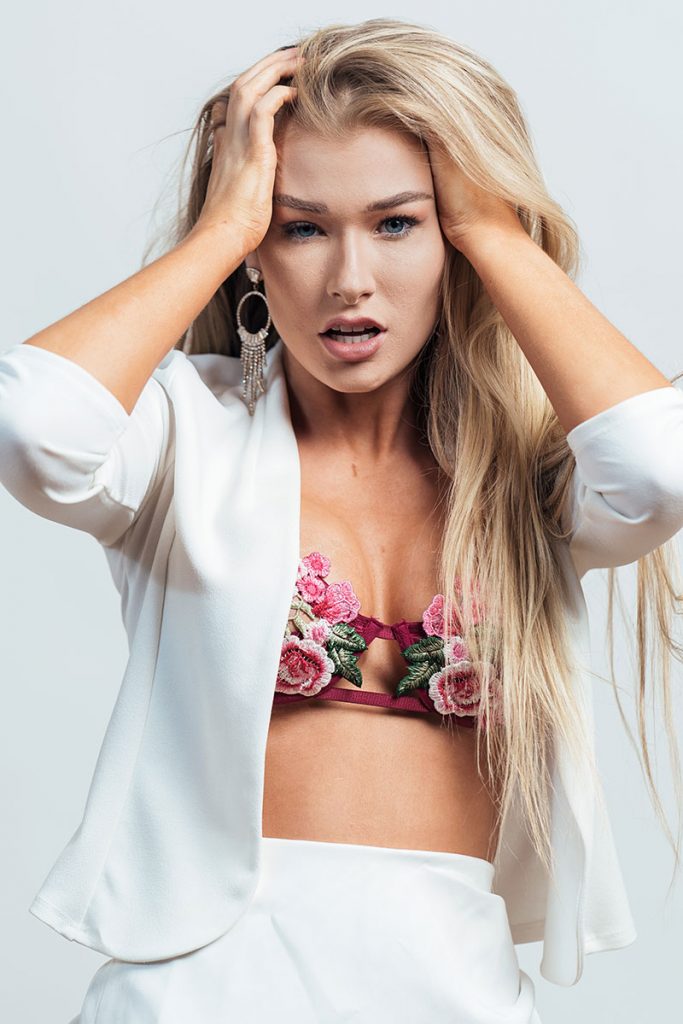
It will also be one of the largest portrait lenses you will own and certainly the heaviest. Many professional wedding photographers use this focal length for events, but it has been known to get great close-up beauty shots as well.
Why upgrade from the kit lens
The kit lens that comes with your camera is a variable aperture lens. This means the aperture automatically changes when you zoom in or out on your focal length.
Kit lenses generally do not open wide and can be limited to f4.0 or slower. These lenses are also of lower quality in comparison to prime lenses and wider aperture f2.8 zoom lenses.

Kit lenses are a good option for beginners, but you’ll want to upgrade your glass to capture higher-quality portraits and photos of your subject.
Kit lenses also generally are not good low-light performers again due to the variable changing aperture.
If you want to shoot portraits in lower light situations, you should consider lens apertures of f2.8 or faster.
I understand newer cameras do come with higher quality sensors which allow for higher ISO ranges.
This can compensate for slower apertures, but you will need to research and test the quality of your specific camera system.
Prime vs. Zoom lenses for portraits
There are a few differences in carrying prime vs. zoom lenses. The most important of these differences are:
- Prime lenses are generally sharper and smaller in size, allowing for lighter camera weight.
- Zoom lenses offer more versatility but are larger in size and weight.
- Prime lenses can open to wider apertures such as f1.2, f1.4 or f1.8
- Zoom lenses generally open to f2.8 or f4.0 or lower. (not always a bad thing)
- Prime lenses are generally better for low-light shoots due to larger apertures, but f2.8 lenses would work as well.
- Zoom lenses are generally more expensive than prime lenses
Why you don’t need multiple lenses
In my experience, you don’t need every single lens made by camera brands. Many photographers will be good with a single lens or have one as a backup.
I shoot most of my work with the Sony 55mm f1.8 Zeiss lens, but I also carry the Sony 24-70mm f2.8 G Master lens with me if I need more variety in my compositions.
Budget will be the biggest determining factor for purchasing and collecting multiple lenses. I always recommend portrait photographers start with a single high-quality lens and build from there only if necessary.
Should you buy new or used lenses
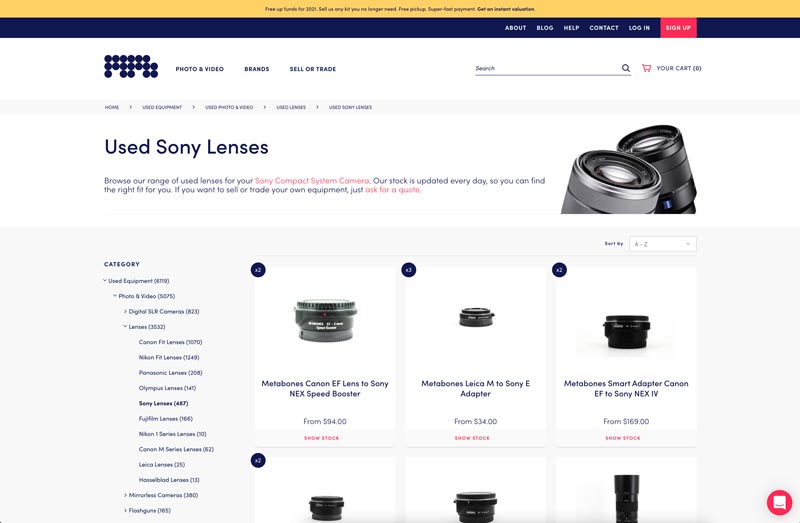
A good way to save money is to purchase used glass. I use companies such as:
They offer professional quality lenses at reasonable prices. Each company inspects and verifies the condition of each lens and then lists it on their website under used gear.
If you don’t have to have a new lens, consider purchasing a used copy from an online or local retailer.
These companies offer a 30-day warranty with most-used gear purchases but double-check with each specific company for details.
Rent lenses first before you buy
If you don’t know what lens to buy, then you should rent first. Renting from online rental companies or your local camera shop will give you the chance to try before you buy.
Rent different focal lengths for a weekend and then decide which one is right for you. Online rental companies will ship directly to your door and provide postage for returns when you’re done.
Don’t worry about accidents when you also purchase lens protection plans with each lens for a small fee. This will help cover you in the event of damage to the lens.
If you’re interested in this route, consider these companies online:
My personal favorite is borrowlenses.com. They have a wide selection of lenses for the full-frame Sony e-mount system, making it easy to rent online.
Great customer support, and they have experts that can answer any of your questions before you rent gear. As a beginner photographer, they provided a great experience for me.
What for my portrait photography: My pick is the 50mm (55mm)
If I had to start all over again and start my collection of gear again, then I would still pick the Sony 55mm f1.8 over the 85mm f1.4 or the 24-70mm f2.8.
The 50mm is called the “nifty-fifty” because of the small size, lightweight, and general versatility compared to other portrait lengths. It has proven time and time again to be an extremely reliable lens for all my portrait shoots.
I can get close to subjects without major distortion, and I can also get full-body shots without having to have a large amount of space to move around.
My next choice would be the 24-70mm f2.8 and the 85mm last. The 55mm and 85mm used to be my favorite portrait lenses, but I am starting to enjoy the larger range of my 24-70mm zoom lens.
Being able to shoot wider portraits with focal lengths around 24mm and 35mm gives me a more versatile look to my work. I get more of the environment and can get more of the areas around my models.
Final Thoughts
There is no right or wrong answer to the question of what lens to get first. Rent gear and find out what works best for your style of photography.
If you don’t know where to start, do some research on your favorite photographers and see if you can learn what lens they prefer.
Many will be upfront and probably get this question all the time. Check out their social media profiles to see if these questions have been answered before.
Either way, as a beginner, I understand you’ll be looking to define your own style. These three portrait lenses can help.
*Affiliate Disclaimer - I am a proud partner of the various affiliate programs including the Amazon.com Affiliate Program. When you click on my links and make a purchase I make a commision which goes to helping me support this blog. Thanks! |

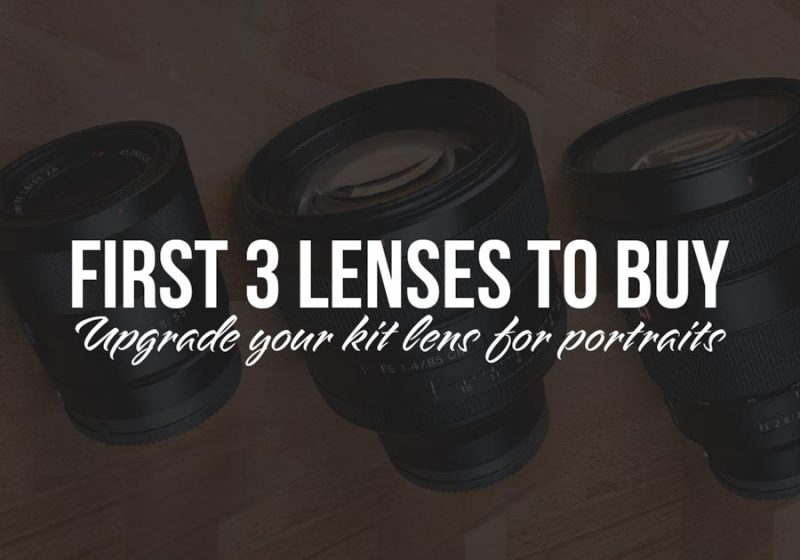
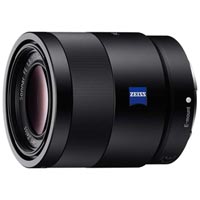
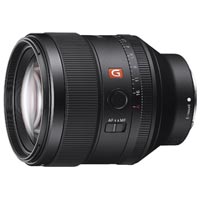

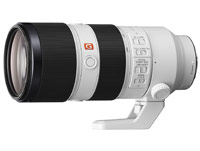

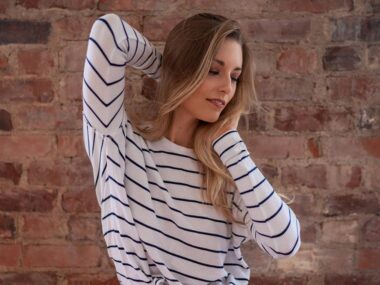
1 comment
Comments are closed.